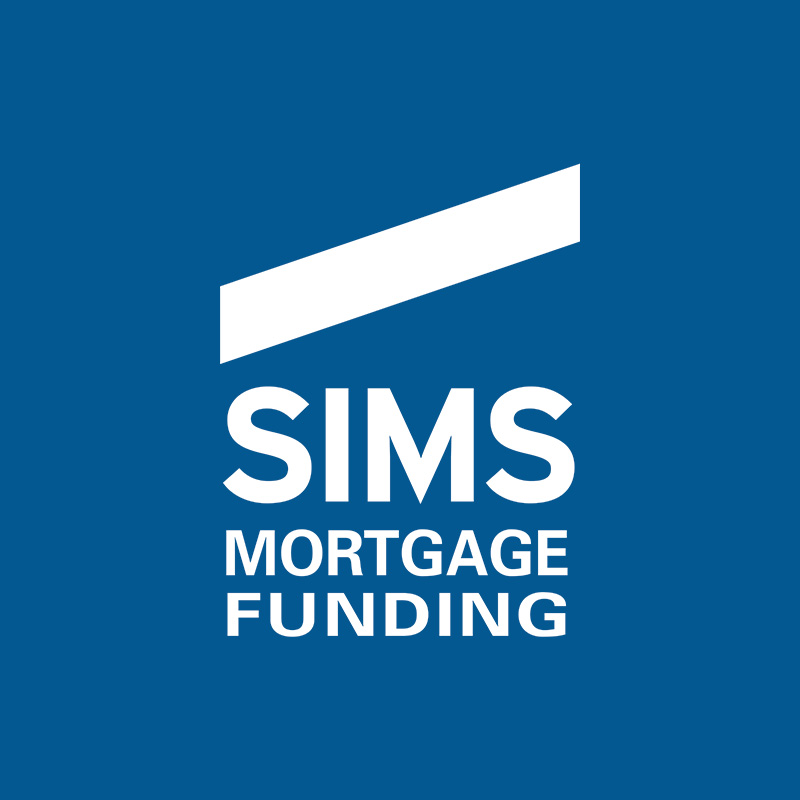
HUD Mortgage Insurance Volume in 2023
One word can summarize HUD’s 2023 mortgage insurance volume – meh! Here is a look at Fiscal Year (FY) 23, which ended on September 30.

One word can summarize HUD’s 2023 mortgage insurance volume – meh! Here is a look at Fiscal Year (FY) 23, which ended on September 30.

The space between affordable and market rate housing development can be a lonely one. Affordable projects can participate in tax-credit, supplemental grants, and Section 8 housing assistance programs; market rate deals often generate sufficient income to support a simplified capital stack of debt and equity.

Here are several of our observations on recent HUD matters that we’d like to share.

HUD multifamily lenders, like most of our conventional lending colleagues, underwrite deals based on metrics like loan-to-cost (LTC), loan-to-value (LTV) and debt service coverage (DSC).

We borrowed – and slightly amended – that classic line from Blazing Saddles, and before that, The Treasure of the Sierra Madre, to make this point.

HUD-insured multifamily construction loans offer terrific terms: 40 year amortization, high loan-to-cost ratios, low debt service coverage ratios and non-recourse provisions.

Last month HUD announced a new program – funded through the Inflation Reduction Act – that will assist affordable housing properties become more energy efficient, implement new cutting-edge environmental technologies and combat the effects of climate change.

The Section 232/223(f) program is HUD’s primary refinancing program for existing skilled nursing homes, assisted living facilities and memory care centers. It provides long-term, fixed-rate financing with a maximum 35-year amortization.

We’re pleased to bring back our “Top 10” segment, but in the interest of reaching a younger demographic, we’ve eliminated the reference to the former late-night talk show host in our lead.

Have you ever heard the saying may you live in interesting times? That was the watchword for us last year, as higher interest rates and increasing construction costs posed a significant challenge to our deal pipeline.